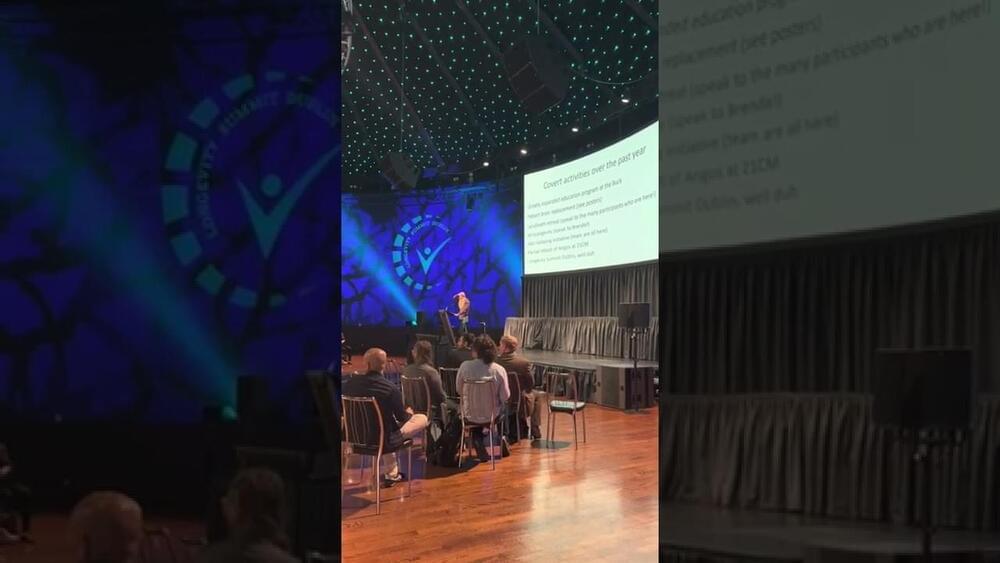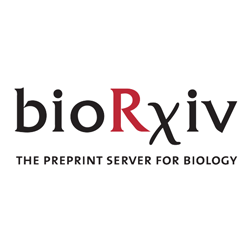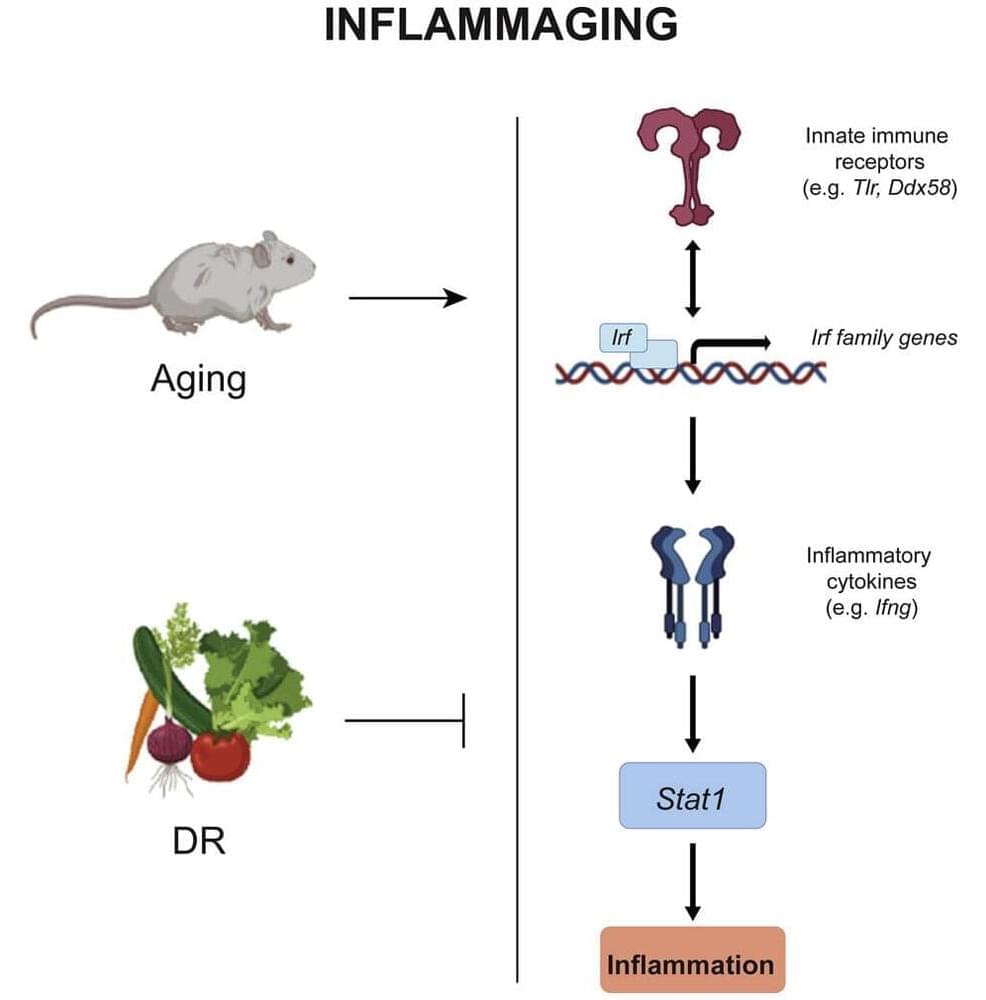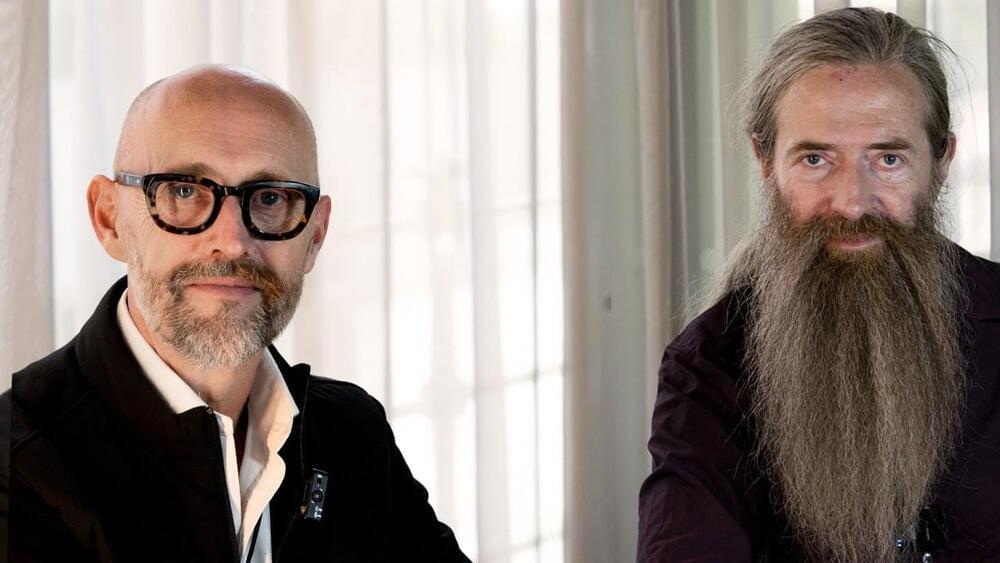Sep 26, 2022
New $100 million longevity fund puts the spotlight on software
Posted by Kelvin Dafiaghor in categories: finance, information science, life extension, neuroscience, robotics/AI
A new longevity focused venture capital fund is preparing to announce its first investments, as it seeks to accelerate commercialisation in the field. Joining the likes of Maximon, Apollo and Korify, New York’s Life Extension Ventures (LifeX) has put together a $100 million fund specifically for companies developing solutions to extend the longevity of both humans and our planet. In a slight twist, the fund is predominantly looking to invest in companies that are leveraging software and data at the heart of their efforts to hasten the adoption of scientific breakthroughs in longevity.
Longevity. Technology: The longevity field is alive with innovation, and developments in AI and Big Data are just some of the software-led technologies driving progress throughout the sector. Co-founded by scientists-turned-entrepreneurs, Amol Sarva and Inaki Berenguer, LifeX Ventures’ investment philosophy draws on their combined experiences building software-led companies across a wide range of sectors. We caught up with Sarva to learn more.
Between them Sarva, a cognitive scientist by training, and Berenguer have led and/or founded several startups, such as CoverWallet, Virgin Mobile USA and Halo Neuroscience. The two have also invested personally in more than 150 startups before their interest turned more recently to longevity.



 Impaired reduction/oxidation (redox) metabolism is a key contributor to the etiology of many diseases, including primary mitochondrial disorders, cancer, neurodegeneration, and aging. However, mechanistic studies of redox imbalance remain challenging due to limited strategies which can perturb cellular redox metabolism and model pathology in various cellular, tissue, or organismal backgrounds without creating additional and potentially confounding metabolic perturbations. To date, most studies involving impaired redox metabolism have focused on oxidative stress and reactive oxygen species (ROS) production; consequently, less is known about the settings where there is an overabundance of reducing equivalents, termed reductive stress. NADH reductive stress has been modeled using pharmacologic inhibition of the electron transport chain (ETC) and ethanol supplementation. Still, both these methods have significant drawbacks. Here, we introduce a soluble transhydrogenase from E. coli (Ec STH) as a novel genetically encoded tool to promote NADH overproduction in living cells. When expressed in mammalian cells, Ec STH, and a mitochondrially-targeted version (mito Ec STH), can elevate the NADH/NAD+ ratio in a compartment-specific manner. Using this tool, we determine the metabolic and transcriptomic signatures of NADH reductive stress in mammalian cells. We also find that cellular responses to NADH reductive stress, including blunted proliferation, are dependent on cellular background and identify the metabolic reactions that sense changes in the cellular NADH/NAD+ balance. Collectively, our novel genetically encoded tool represents an orthogonal strategy to perturb redox metabolism and characterize the impact on normal physiology and disease states.
Impaired reduction/oxidation (redox) metabolism is a key contributor to the etiology of many diseases, including primary mitochondrial disorders, cancer, neurodegeneration, and aging. However, mechanistic studies of redox imbalance remain challenging due to limited strategies which can perturb cellular redox metabolism and model pathology in various cellular, tissue, or organismal backgrounds without creating additional and potentially confounding metabolic perturbations. To date, most studies involving impaired redox metabolism have focused on oxidative stress and reactive oxygen species (ROS) production; consequently, less is known about the settings where there is an overabundance of reducing equivalents, termed reductive stress. NADH reductive stress has been modeled using pharmacologic inhibition of the electron transport chain (ETC) and ethanol supplementation. Still, both these methods have significant drawbacks. Here, we introduce a soluble transhydrogenase from E. coli (Ec STH) as a novel genetically encoded tool to promote NADH overproduction in living cells. When expressed in mammalian cells, Ec STH, and a mitochondrially-targeted version (mito Ec STH), can elevate the NADH/NAD+ ratio in a compartment-specific manner. Using this tool, we determine the metabolic and transcriptomic signatures of NADH reductive stress in mammalian cells. We also find that cellular responses to NADH reductive stress, including blunted proliferation, are dependent on cellular background and identify the metabolic reactions that sense changes in the cellular NADH/NAD+ balance. Collectively, our novel genetically encoded tool represents an orthogonal strategy to perturb redox metabolism and characterize the impact on normal physiology and disease states.













